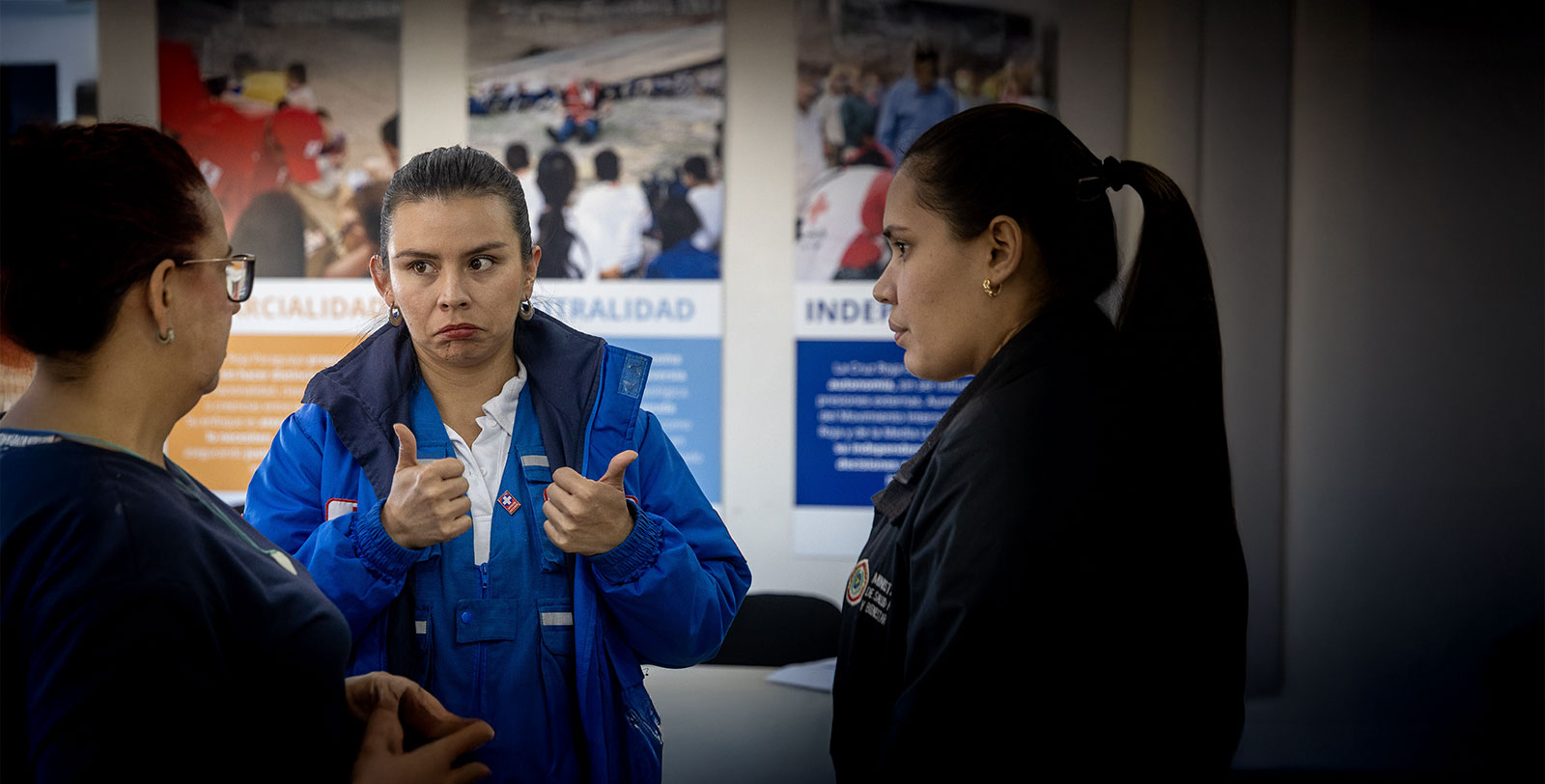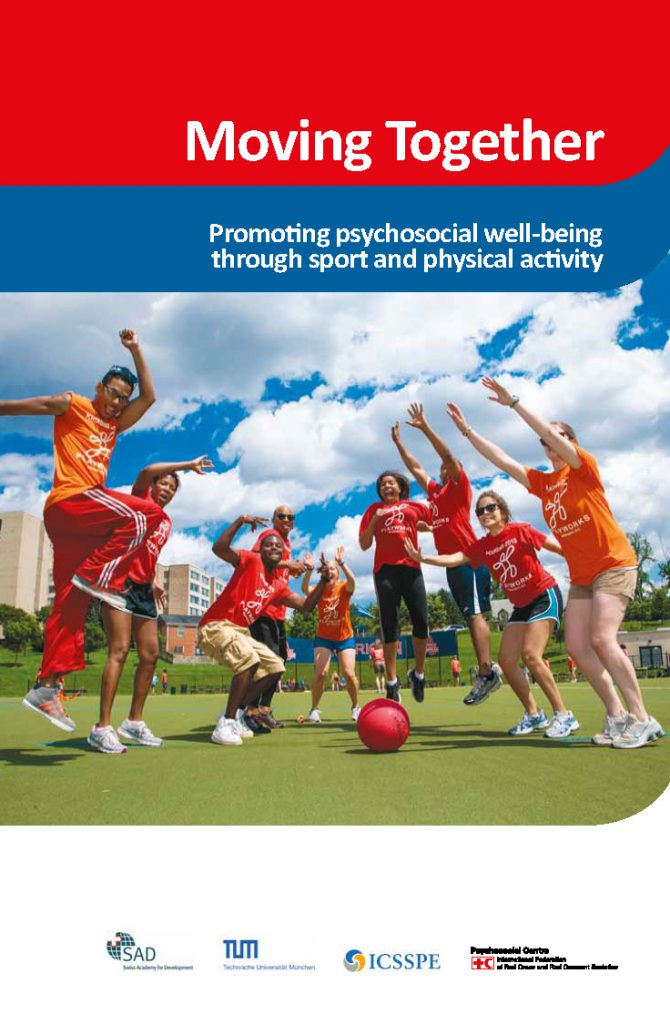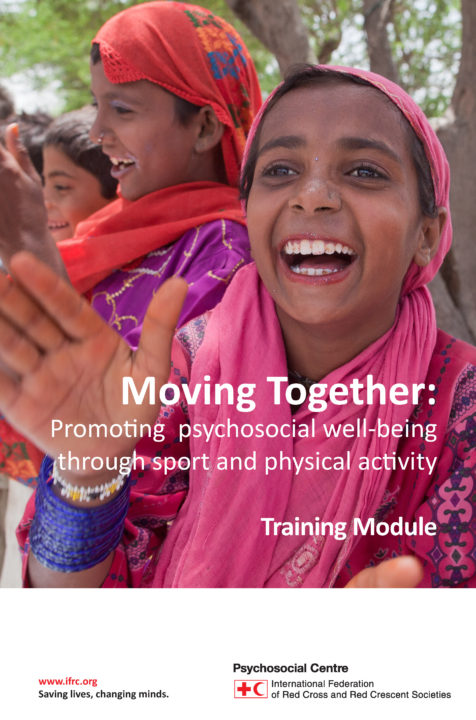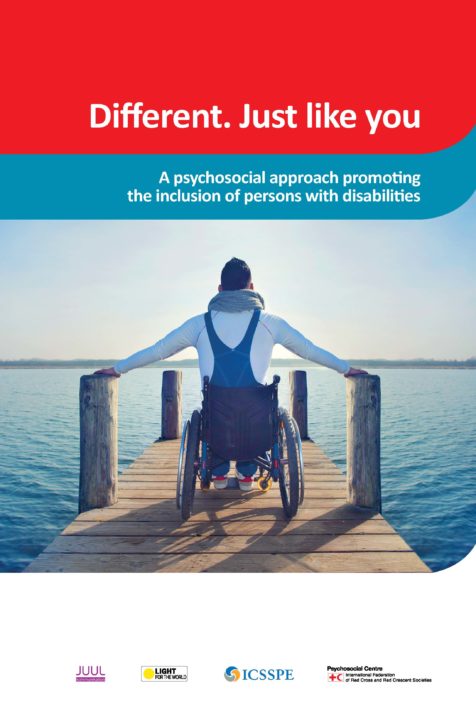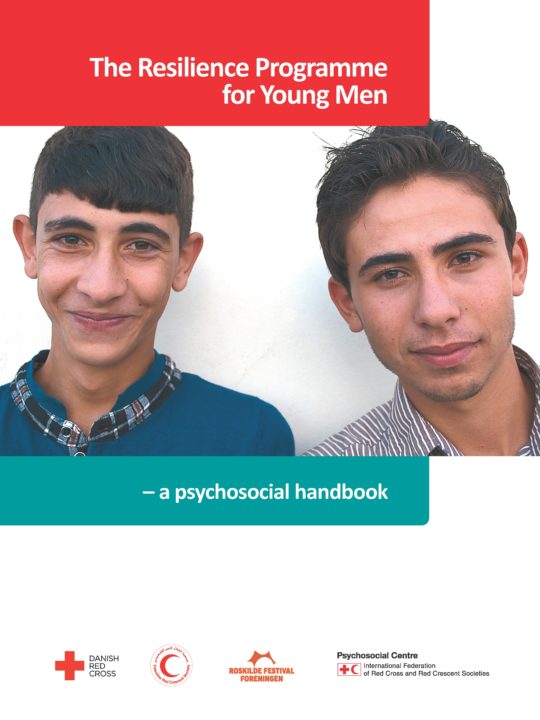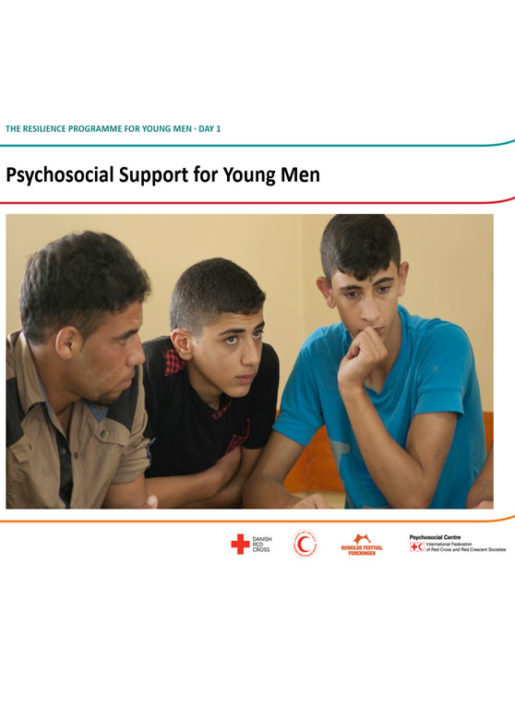Moving Together: Promoting psychosocial well-being through sport and physical activity has three parts:
- The first part of the handbook (sections two to eight) explains the theoretical framework for sport and physical activities in psychosocial support interventions.
- The second part (section nine) presents a series of activity cards that can be used directly or adapted in psychosocial interventions. The activity cards explain how to facilitate the activities, how they can be adapted to suit different circumstances and how they can be used for discussion and reflection.
- The third part (sections 10 and 11) explains how to facilitate psychosocial interventions with sport and physical activities and how to set up interventions and programmes from the initial assessment to the exit strategy.
Throughout the handbook, case stories and examples are used to show how sport and physical activities can be used in psychosocial support activities. The case stories and examples are of course by no means exhaustive. They are a small selection from a wealth of possible activities and programmes which can be adapted to various settings and target groups.
The target groups of this handbook are people working in sport and physical activities, social workers, pedagogues, volunteer coaches, teachers, psychosocial support practitioners and managers in European humanitarian and sports organizations, educational institutions and international NGOs.
